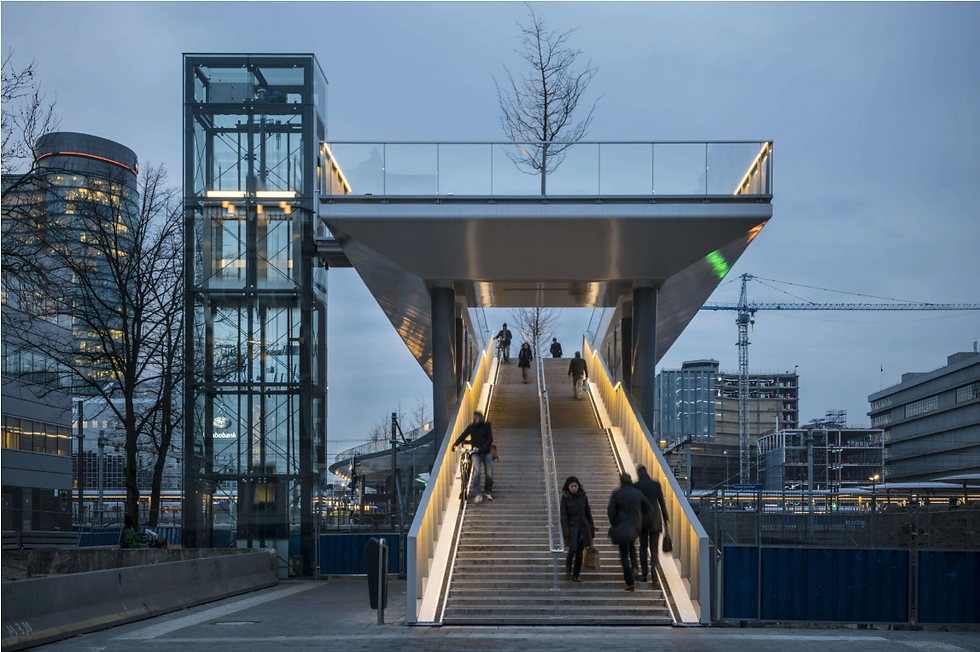Join the repair wave
- TOPOS

- May 9, 2023
- 3 min read

Column by Pim Buijs
A tumultuous time has come for the spatial domain; there is a nitrogen crisis, a housing crisis, an energy crisis, a biodiversity crisis, a climate crisis and so on. These crises all claim and effect the already limited space that we have in the Netherlands. We are dealing with these problems in a mainly reactive way, but we also have proactive objectives such as a healthier living environment that makes use of the already limited space. For those active in the spatial domain, these issues highlight a well-known phenomenon: too much to do, and far too little space. Ideally, one would like to start with a clean slate (tabula rasa), but that is simply impossible.
The solutions that are often prioritized are solutions aimed at optimizing the use of the scarce space that we still have left. Think of the emphasis on densification when it comes to expanding the housing stock. Often our gaze quickly falls on new places and ideas that are closer to a clean slate than the existing space that has already been built up in the previous century. In doing so, we often forget what we already have, and how old it is. There are many assets such as infrastructure and buildings that will soon need to be replaced, specifically the assets and buildings that were part of the reconstruction after the Second World War.
In today's consumer society, old items that need to be replaced are sent straight to the incinerator or recycling factory. People want the newest of the newest, and the trash can is opened at the slightest crack or kink. Yet I, and many in the Netherlands with a handy father, grew up with an age-old tradition that is directly opposed to this: repair!
Repair is an underexposed aspect of another topic we are currently working on in the spatial domain: the circular economy. When I think of the circular economy, I mainly think of reusing materials and making buildings with this re-use in mind. Nevertheless, repairing is an important part of the circular economy, because it extends the life of objects without using too many materials. If it eventually breaks down, it can always be demolished for the reuse of materials.
Literally repairing the assets and buildings that stem from the reconstruction has happened in recent years, but the assets and buildings are slowly coming to the end of their tether. It is now time to replace these assets and buildings, so we can't really talk about repairing these parts. But part of repair is often the replacement of parts; in this case, parts of the existing space that we sometimes forget too quickly. By replacing the existing assets and buildings taking into account the different crises, we are actually repairing our existing space.
As many assets and buildings have reached the end of their lifecycle, a gigantic repair wave is coming. We can use this repair wave to repair the existing space, so that it can withstand the aforementioned challenges. By dividing our attention and innovative power better between the existing space and the remaining (scarce) space, we give ourselves more room to play within the living environment. That is why I urge everyone reading this to take your eyes off that dot on the horizon for a moment, and look at what is already beneath our feet. Sometimes a repair can go a long way, so sail along on the repair wave!







Comments